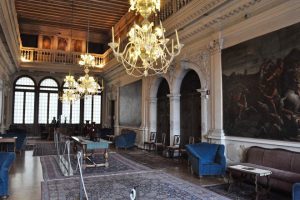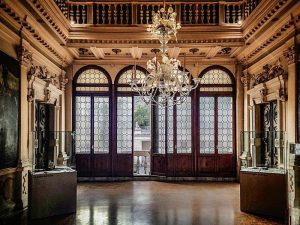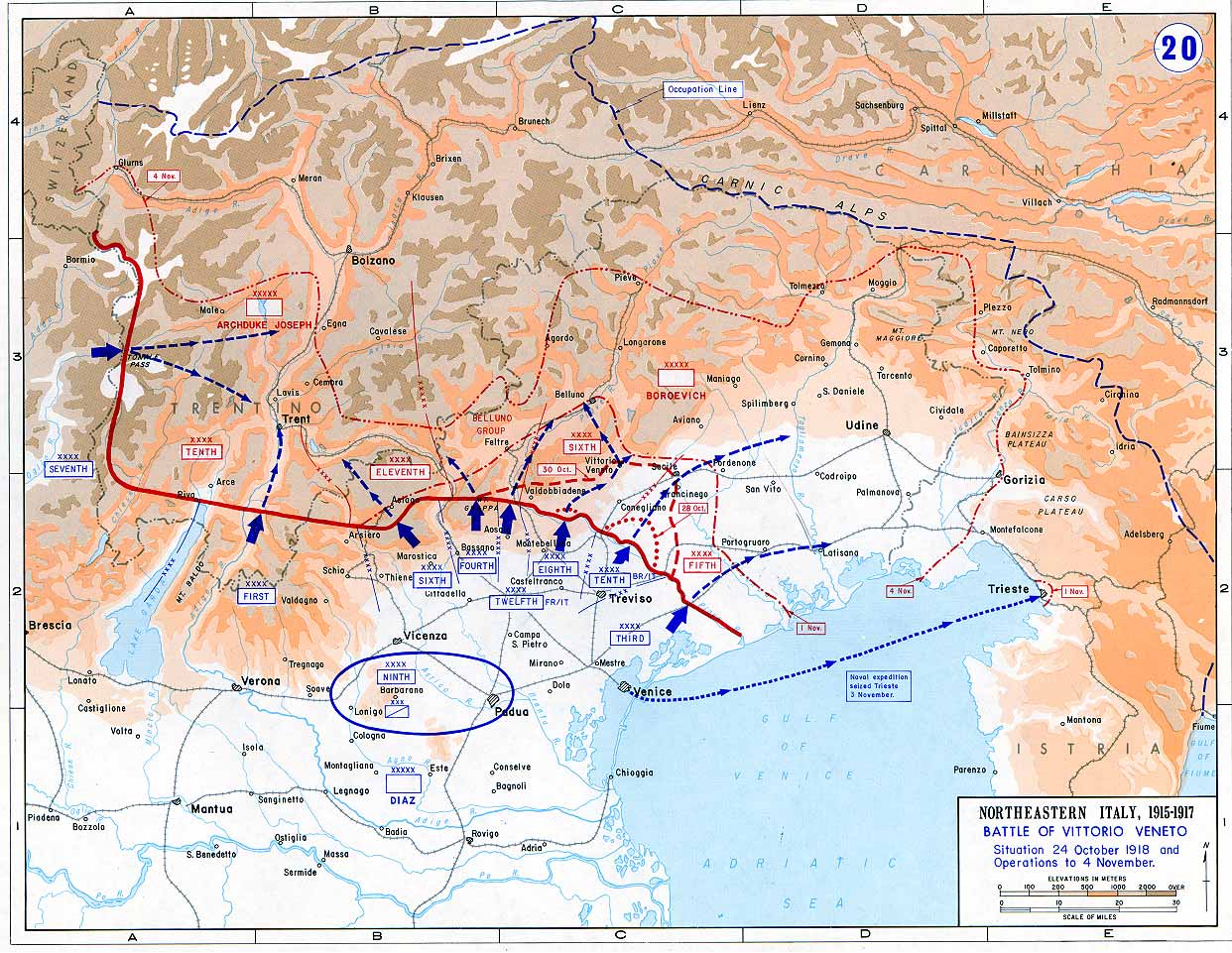A late Renaissance palace related with the Great War WW1

When you visit the oldest part of the city of Vittorio Veneto, Serravalle precisely, you will be impressed by the beauty of a late Renaissance palazzo leaning on street Martiri della Libertà with 9 large and strong arches in “bugnato”. It’s the palace Minucci De Carlo. It was built in 1596 by Minuccio Minucci, the Archbishop of Zadar, a Dalmatian city part of the Republic of Venice as well Vittorio Veneto. After three centuries, in the mid-19th century, the family of the archbishop sold the palace to a powerful family coming from Cadore. It was the family De Carlo, rich timber merchants.
Minucci De Carlo
The young Camillo De Carlo, at age 26, shortly before the end of the Great War became a hero because he flew over the war front beyond the Austro-Hungarian lines with an aircraft type Voisin, at that time only built with lightweight wood (balsa) and cotton fabric. And beyond the lines he lived three months in the uncomfortable hiding places offered by the villagers of Venetian areas occupied by Austrian army. And from the occupied territory he transferred secret news on the movements of the enemy forces, managing to organize a real espionage network.In 1923 he received the Gold Medal of Military Valour.

In the period between the first and the second world war it took charge of enriching the collections of his palazzo in Vittorio Veneto with pieces from all over the world, where he carried out its missions of intelligence and his diplomatic assignments. The result was a décor decidedly decadent, however very interesting for its variety . Evidently it kept himself informed on what Gabriele D'Annunzio was gathering at Vittoriale of Gardone del Garda.


